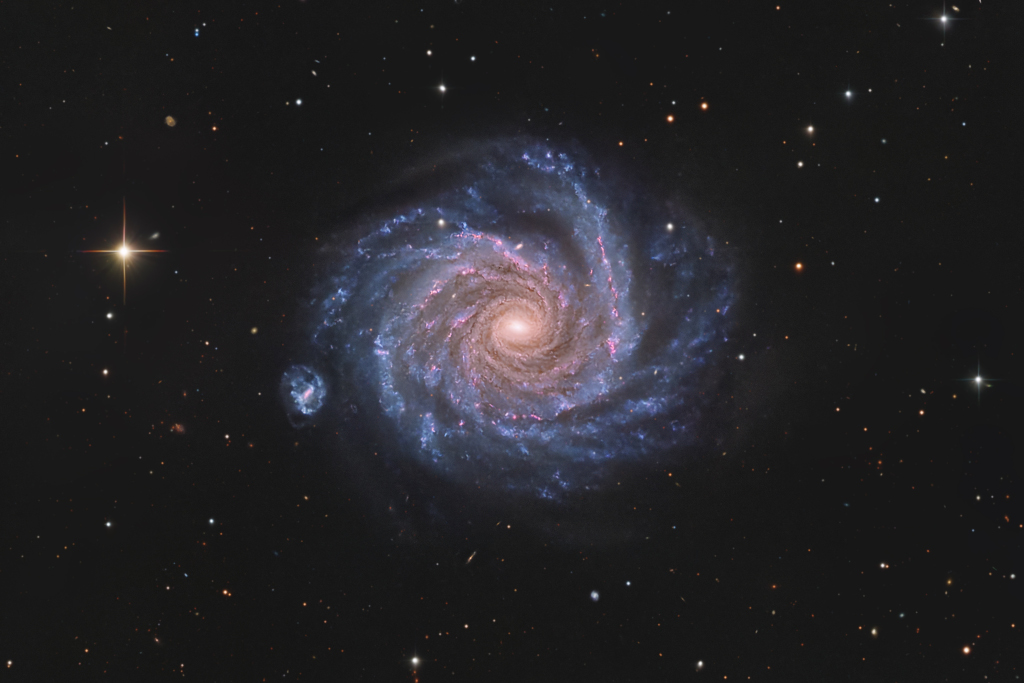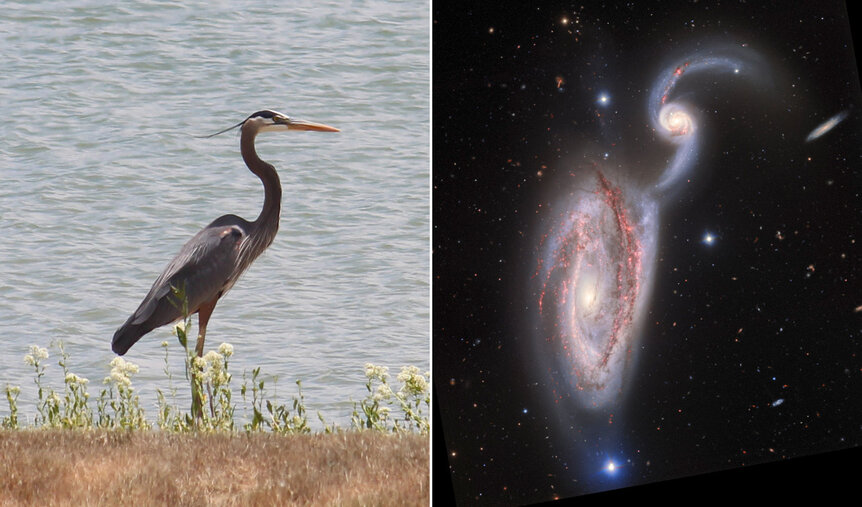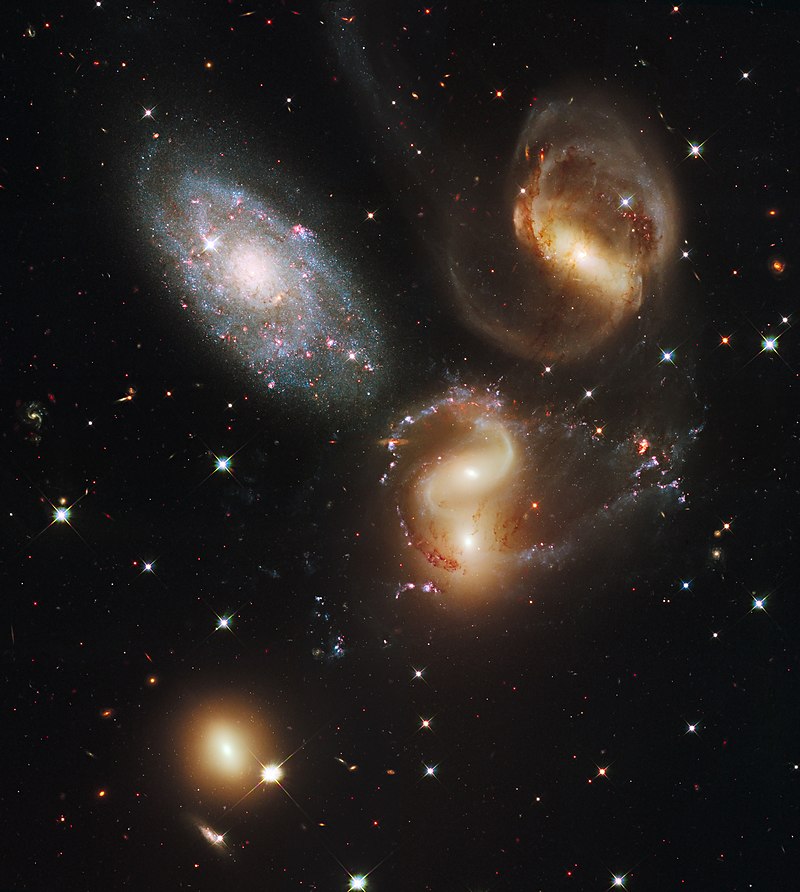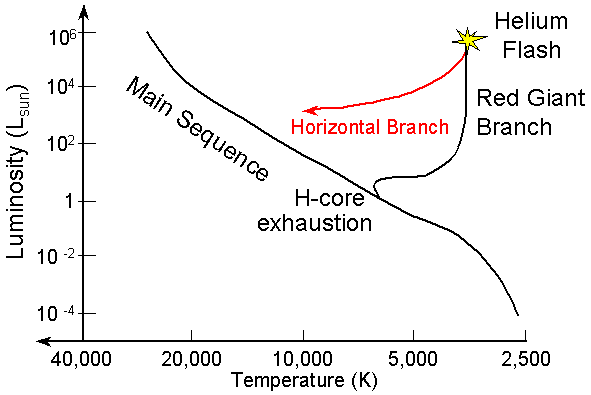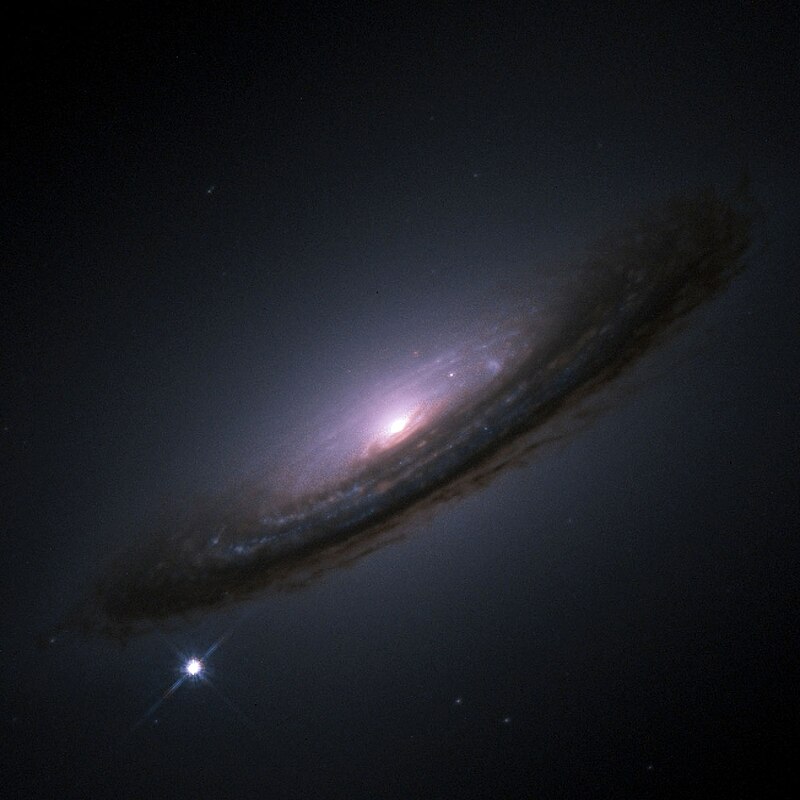Randall_Rathbun wrote: ↑Fri Apr 19, 2024 6:04 pm
Something which perplexes me is that when I type in my brower's search engine that websites come up with different data for NGC1232 distance and size. Most webpages say 60 million light years away, 1 site said 61 million, and only APOD said 47 million light years. There was repetition of the size of 200,000 light years, but one reputable astronomy observatory said the size was 100,000 light years similar to the Milky Way. So how do we sort out all these conflicting facts?
There are several methods to measure the distances to nearby galaxies. The first one is using a special kind of variable stars, called Cepheid variables.
The more luminous a Cepheid variable is, the more slowly it pulsates. The pulsations reveal the true brightness of the star, so if astronomers compare the apparent brightness of the Cepheid with its true brightness, as revealed by its pulsations, then they know how far away it is. Therefore, if astronomers find Cepheids in a galaxy and find out how they pulsate, then they can see how far away the galaxy is. I guess no one has bothered looking for Cepheids in NGC 1232.
Another method is to use the tip of the red giant branch. After stars like the Sun have exhausted their core hydrogen, they swell to become red giants. But at a certain brightness, they undergo a helium flash and become fainter again. The problem with identifying the tip of the red giant branch is that galaxies that contain large numbers of young stars, such a NGC 1232, will have red supergiant stars that are brighter than stars at the tip of the red giant branch.
A popular method is to use supernovas type Ia. The progenitors of these supernovas are white dwarfs that have accreted "too much mass" and become unstable, so that they explode. They always explode at more or less the same brightness, because the progenitor white dwarfs contain more or less the same mass.
The easiest way to determine the distance to NGC 1232 might be to search for Cepheid variables in it. It would be necessary to find several Cepheids, in case one is anomalous, but that should not present any great problem in itself. The problem is that you probably need the Hubble Space Telescope or the JWST to find enough Cepheids, and HST and/or JWST would also have to observe NHC 1232 on many occasions to actually find the stars that are pulsating. Just taking a snapshot of a galaxy will not reveal variability in any stars. And the demand for time on HST and JWST for all sorts of research might be so high that it has not been deemed sufficiently interesting to use these telescope to search for Cepheids in NGC 1232.
HST and JWST should certainly be able to resolve red giants at the distance of NGC 1232, and it might be possible to just feed the observations into a sufficiently powerful computer to have it figure out what stars are located at the tip of the red giant branch. But again, this might not be considered a good way to use HST or JWST.
To my knowledge, no supernova of any kind has been observed in NGC 1232.
Other, cruder methods may have been used to determine the distance to NGC 1232, such as redshift. The light from a galaxy gets reddened because of the expansion of the Universe. But redshift is not really reliable for galaxies as close to us as NGC 1232, where the redshift is small and the galaxy's own proper motion may either counteract or exaggerate its redshift. It is possible that the apparent size of NGC 1232 in the sky, combined with the intricacy of its arms, has been used to guess at its distance and true size. We do expect galaxies with long and well-separated arms to be generally large in size.
A real problem when it comes to determining the distance to NGC 1232 is that this galaxy has not been observed by HST or JWST
at all. A picture by ESO is the best portrait we have, but it doesn't do a really good job of resolving the stars. Observations by either HST or JWST would tell us so much more about the stellar populations in NGC 1232 and allow us to make much better guesses at this galaxy's distance and size.
Ann
 Facing NGC 1232
Facing NGC 1232
